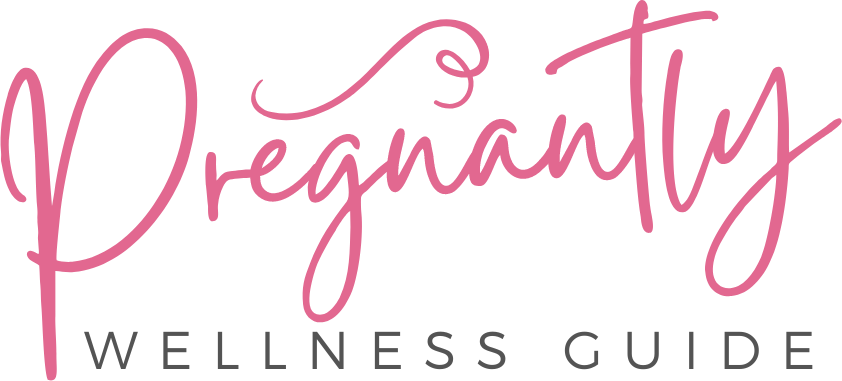
We experience significant changes in our eating habits during pregnancy, with up to 60% of us developing strong food aversions and cravings that can impact our nutritional intake and overall health. Hormonal fluctuations, particularly hCG, heighten sensitivity to smells and tastes, leading to aversions and cravings. Recognizing these changes is vital for dietary planning and balanced nutrition. We can navigate these shifts by understanding the causes and effects of cravings, exploring healthy alternatives, and managing weight gain. By understanding our unique experiences and making informed choices, we can maintain a healthy diet and guarantee the best possible outcomes for ourselves and our babies.
Understanding Pregnancy Food Aversions
When it comes to our dietary preferences during pregnancy, many of us experience intense food aversions, with research indicating that approximately 60% of pregnant individuals encounter strong dislikes for specific foods that can trigger physical discomfort. We find that common food aversions include meat, fatty foods, eggs, and strong-flavored items like garlic and fish. These aversions typically emerge around weeks 6 to 14 of pregnancy, often coinciding with the peak of morning sickness.
Hormonal changes, particularly the influence of hCG, contribute to heightened sensitivity to smells and tastes, leading to food aversions. Understanding our personal food aversions is essential for dietary planning, as they can complicate healthy eating and nutritional intake during pregnancy. By recognizing these patterns, we can better navigate our food preferences and guarantee a balanced diet.
Causes and Effects of Cravings
During this delicate balancing act between desires for particular nutrients and intuitive defense against undesirable elements, underlying shifts can radically flip how women make selections. Hormonal changes, particularly fluctuations in hCG, considerably influence food preferences, leading to specific cravings and aversions. Additionally, nutritional deficiencies may drive cravings for foods rich in those nutrients, indicating the body’s need to balance its intake.
Some common factors that influence food cravings and aversions during pregnancy include:
– Hormonal changes that affect taste and smell
– Nutritional deficiencies that drive cravings for specific nutrients
– Heightened sensitivity to certain foods or textures
These changes can have a considerable impact on eating habits and food preferences. Understanding the causes and effects of cravings can help pregnant individuals make informed choices about their diet and nutrition.
Healthy Alternatives and Options
By exploring healthy alternatives, we can satisfy our cravings while making informed choices that support a balanced diet and overall well-being during pregnancy. For instance, when we crave chocolate, we can opt for dark chocolate, which provides antioxidants and lower sugar content compared to milk chocolate. Instead of reaching for salty snacks, we can season air-popped popcorn with garlic powder or enjoy thinly sliced roasted potatoes.
When ice cream cravings strike, we can choose frozen yogurt or sherbet, which contain less fat and calories. Fresh fruits and fruit smoothies offer natural sweetness and essential vitamins, making them a nutritious choice. Additionally, incorporating plant-based proteins like beans or lentils can provide a protein-rich alternative that’s easier to digest. By making these simple swaps, we can indulge in our cravings while prioritizing our health.
Managing Weight and Cravings
As we focus on satisfying our cravings with healthier alternatives, it’s equally important to manage our weight and caloric intake to support a healthy pregnancy, given that excessive weight gain can lead to complications. A balanced diet rich in whole foods, including fruits, vegetables, whole grains, and lean proteins, can help satisfy cravings while supporting healthy weight gain. Here are some strategies to manage weight and cravings:
– Plan smaller, frequent meals to maintain stable energy levels and reduce cravings for unhealthy snacks.
– Focus on nutrient-dense foods, such as whole grains, fruits, and vegetables, to support a healthy diet and lifestyle.
– Stay hydrated by drinking plenty of water throughout the day to help manage cravings and support overall health. By adopting these strategies, we can manage our weight and cravings while maintaining a healthy lifestyle during pregnancy.
Overcoming Common Food Aversions
Food aversions are a common experience for many of us during pregnancy, with approximately 60% of pregnant individuals reporting aversions to common items like meat, eggs, and dairy. To overcome these aversions, we can explore healthy options that provide similar nutritional benefits. For example, plant-based proteins can replace meat, and dairy substitutes can offer a creamy texture without the dairy. Identifying and avoiding strong odors or textures associated with aversive foods can also help.
Staying hydrated and consuming small, frequent meals can reduce nausea and vomiting, making it easier to navigate food aversions. If we’re struggling to manage our cravings and aversions, consulting with our doctor or a registered dietitian can provide personalized guidance and support. By working together, we can develop a meal planning strategy that meets our nutritional needs and helps us feel our best during pregnancy.
Conclusion
As we navigate the uncharted waters of pregnancy, our taste buds can become unpredictable ship captains, steering us towards unexpected cravings and aversions. But by understanding the underlying causes and charting a course with healthy alternatives, we can stay on track and guarantee a safe passage for both mother and baby.
By making informed choices, we can tame the cravings and aversions, and emerge stronger and healthier on the other side.







